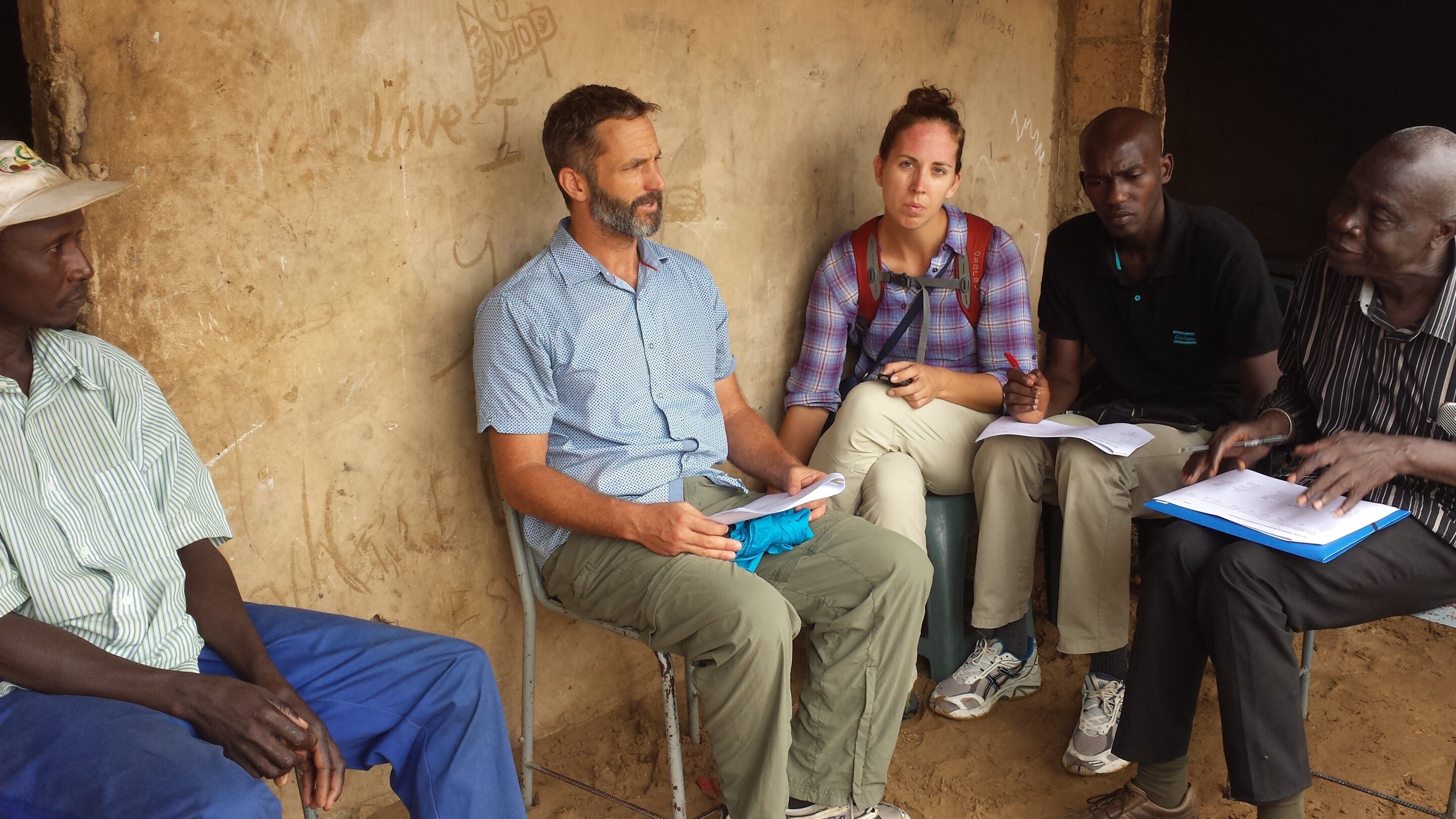In an innovative approach to combat parasitic infections, a group of scientists from the United States and Senegal have successfully reduced the prevalence of these infections by removing nuisance vegetation from waterways in northeastern Senegal. Not only did this initiative improve the health of local communities, but it also generated additional feed and compost for farmers, resulting in economic benefits. The findings of this research, published in the journal Nature, highlight the potential for simple solutions to positively impact the health, society, and economy of schistosomiasis endemic areas, benefiting over 700 million people globally.
The construction of the Diama Dam in 1986 provided local farmers in Senegal with better access to fresh water for irrigation. However, it also increased the prevalence of the schistosoma parasite, which affects nearly 250 million people worldwide. Although schistosomiasis is not immediately fatal, it causes long-term health issues and impedes socio-economic development, particularly in poor communities lacking clean water and adequate sanitation. Moreover, farmers infected with the parasite can lose up to half of their yields.
To address these challenges, the scientists focused on the habitat of the parasite’s intermediate host, a small snail found in the Senegal River and its tributaries. They discovered that excessive aquatic vegetation, fueled by agricultural activities and fertilizer runoff, provides a breeding ground for the snails. By removing this nuisance vegetation, the researchers observed a significant reduction in reinfection rates of schistosomiasis in the communities involved in the study.
During a three-year randomized control trial, the researchers removed over 430 metric tons of aquatic vegetation from water access points in 16 communities. The control sites, where vegetation removal did not occur, experienced 124% higher reinfection rates compared to the sites where vegetation was removed. Additionally, the researchers found that the removed vegetation could be used as feed for livestock or turned into compost, offering cost-effective solutions for farmers.
The success of this study demonstrates the potential of such intervention strategies in other similar regions, both in developing and developed countries. Implementing similar approaches could not only improve the health and livelihoods of communities but also have positive environmental outcomes by returning nutrients from aquatic plants back to the soil. This interdisciplinary and win-win approach sets the stage for further research and solutions to address health, food, and water challenges globally.
More information:
Jason R. Rohr et al, A planetary health innovation for disease, food and water challenges in Africa, Nature (2023). DOI: 10.1038/s41586-023-06313-z
Nathan C. Lo et al, A sustainable way to control the parasitic disease schistosomiasis, Nature (2023). DOI: 10.1038/d41586-023-02178-4
Citation:
Nuisance vegetation removal in Senegalese waterways reduces overall prevalence of parasitic infections (2023, August 1)
retrieved 1 August 2023
from https://phys.org/news/2023-08-nuisance-vegetation-senegalese-waterways-prevalence.html
This document is subject to copyright. Apart from any fair dealing for the purpose of private study or research, no
part may be reproduced without the written permission. The content is provided for information purposes only.
Denial of responsibility! TechCodex is an automatic aggregator of the all world’s media. In each content, the hyperlink to the primary source is specified. All trademarks belong to their rightful owners, and all materials to their authors. For any complaint, please reach us at – [email protected]. We will take necessary action within 24 hours.

Jessica Irvine is a tech enthusiast specializing in gadgets. From smart home devices to cutting-edge electronics, Jessica explores the world of consumer tech, offering readers comprehensive reviews, hands-on experiences, and expert insights into the coolest and most innovative gadgets on the market.


